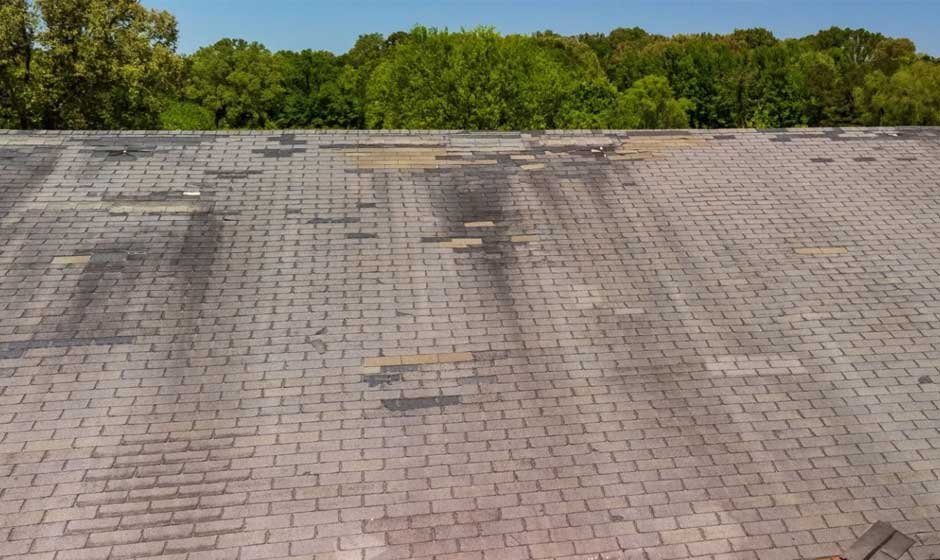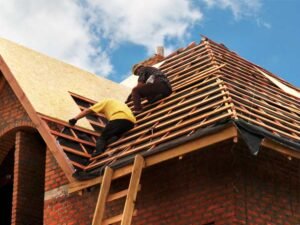Hurricane season in Florida often brings intense storms, powerful winds, and heavy rains that can seriously affect your home’s roof. While many homeowners focus on immediate damage, such as missing shingles or leaks, other subtle but important signs indicate that a roof replacement may be necessary. Ignoring these signs can lead to more severe problems, including structural damage and costly repairs. We will explore the key indicators that suggest your roof may no longer be able to protect your home effectively after enduring the harsh conditions of hurricane season. Recognizing these warning signs early can help you take timely action and safeguard your property.
Key Signs Indicating Your Roof Needs Replacement After Hurricanes
Visible Damage to Shingles and Roofing Material
One of the most obvious signs that your roof needs replacement is extensive visible damage to the shingles or roofing materials. Hurricanes often cause shingles to become loose, cracked, curled, or completely blown off, leaving your roof vulnerable to water intrusion. While a roofing contractor might sometimes repair missing shingles, widespread damage generally means the protective barrier is compromised. Damaged shingles also affect the roof’s ability to shield your home from sun, rain, and wind, increasing the risk of leaks and water damage inside your home. When the roof covering is significantly worn or deteriorated, replacement is often the safest and most cost-effective option.
Leaks and Water Damage Inside Your Home
After hurricane season, signs of leaks or water stains on ceilings, walls, or in the attic are clear indications that the roof’s integrity has been breached. Even minor leaks should not be ignored because they can lead to mold growth, wood rot, insulation damage, and damage to electrical systems. Sometimes the damage that causes leaks is hidden beneath the roof surface, making it harder to detect without a thorough inspection. When leaks persist despite repairs, it is often a sign that the roof’s underlying structure is compromised, and a full replacement is needed to prevent ongoing damage and maintain a safe living environment.
Sagging or Uneven Roof Surface
If you notice sagging, drooping, or an uneven roofline after hurricane season, it is a strong indicator that the roof’s structural components have been weakened. High winds and water infiltration can damage the roof deck, rafters, or trusses, causing the roof to lose shape and stability. A sagging roof is dangerous because it can collapse under pressure, especially during heavy rain or severe storms. This condition requires immediate attention and often calls for a complete roof replacement rather than patch repairs. Ignoring this sign puts your home and family at risk and may result in more costly structural repairs.
Granule Loss on Asphalt Shingles
Asphalt shingles are coated with granules that protect them from UV rays and help with water runoff. After a hurricane, excessive granule loss can occur due to the force of wind-driven rain and debris. If you notice granules accumulating in your gutters or around the base of your home, it signals that the shingles are deteriorating. This granule loss reduces the shingles’ durability and exposes the roof to wear faster and damage. When granule loss is widespread, the shingles lose their protective qualities, and replacement is usually necessary to maintain effective roofing performance.
Age of the Roof
The age of your roof plays a significant role in determining whether it should be replaced after hurricane season. Most roofing materials have a limited lifespan, typically 15 to 25 years, depending on the type and quality. Even if the roof shows no immediate visible damage, an older roof is more vulnerable to failure after a severe storm because it may already be weakened by years of wear and tear. If your roof is approaching or beyond its expected service life, replacement after hurricane damage is often the best way to ensure your home remains secure and protected.
Increased Energy Bills
Another less obvious but telling sign that your roof needs replacement is a noticeable rise in energy bills after hurricane season. Damage to the roof can compromise insulation and ventilation, causing your HVAC system to work harder to maintain comfortable indoor temperatures. Damaged roofing can allow hot, humid air to infiltrate your home, increasing cooling costs during Florida’s warm months. If you observe a significant increase in energy consumption without changes in usage patterns, it’s worth having your roof inspected to see if replacement can improve energy efficiency and reduce utility expenses.
After hurricane season, Florida homeowners must be vigilant in observing various signs indicating the roof might need replacement. From visible shingle damage to interior moisture issues, recognizing these signs early can save money, protect your property, and ensure safety. Properly assessing roof condition thoroughly will help maintain your home’s durability against future storms. Whether through professional inspection or careful personal review, being proactive about roof health after hurricanes is essential to protecting your investment and peace of mind.










